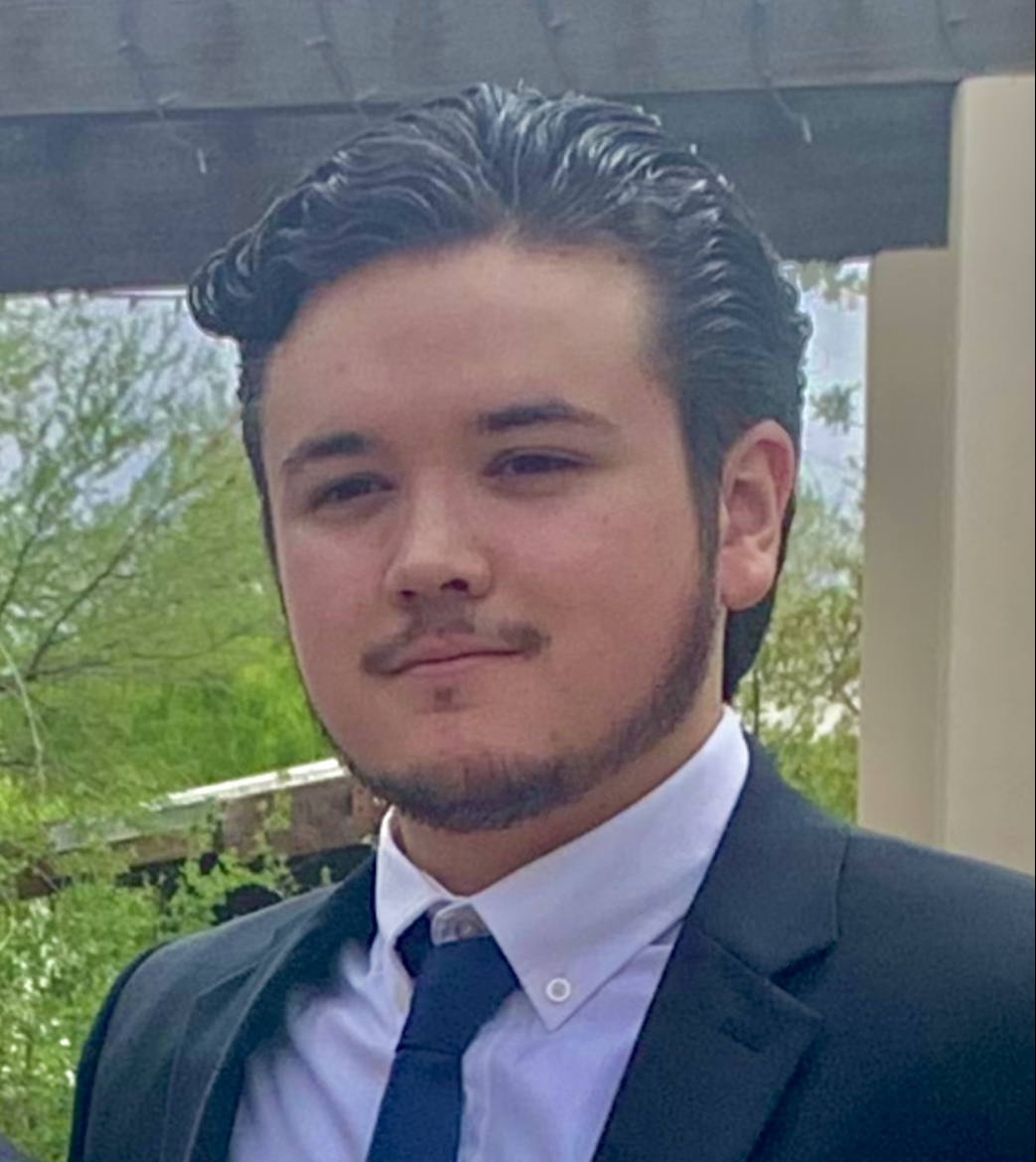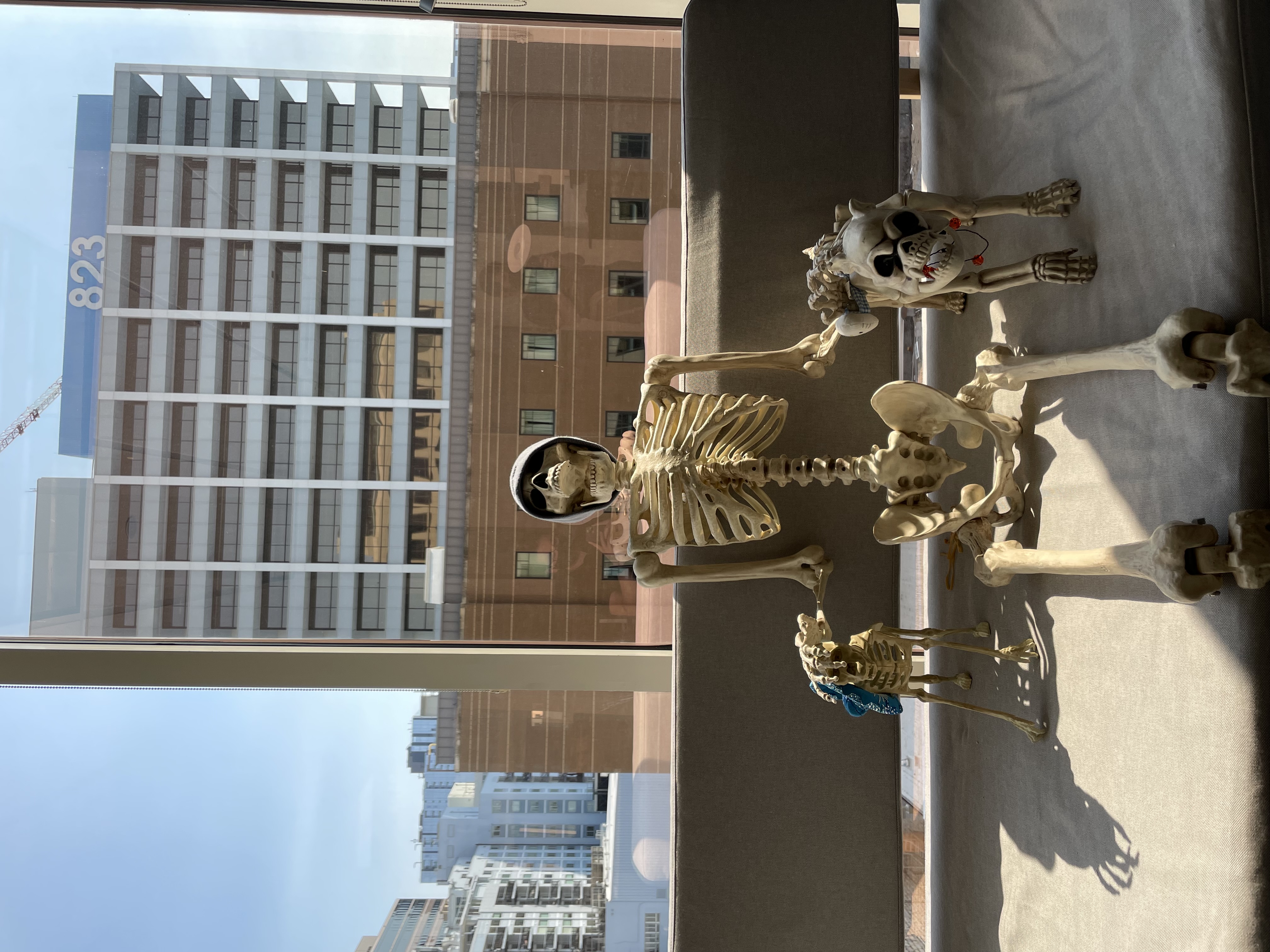Fall 2021 Fellow Reflections

Jorge Barrueta is graduating from St. Edward's University with a degree in Computer Science. He served as the Tribune’s Fall 2021 Engineering Fellow. Learn more about Jorge here.
What was your path to the Tribune? Why did you want to apply?
I was a junior in college at the time that I applied and I was looking for a place where I could gain some experience, with graduation coming up in a semester. At which point, I received an email from St. Edward's promoting this fellowship experience at The Texas Tribune. St. Edward's sends various emails like these weekly, but The Texas Tribune caught my eye. The idea of learning how the world of technology intertwined with the journalism world attracted me to this specific opportunity. I had never considered what the world of technology would look like when interjoined with the journalism world, but I knew that it would be a good change of pace from my past experience. Yet, the selling point was the idea of being able to work for a not-for-profit organization. I had never experienced working for a nonprofit and became excited at the idea of being able to use my skills for something more meaningful. I applied that very day!
What did you do during your fellowship? What have you learned?
From the start of the fellowship, I was invited to most of the engineering meetings. I was able to be part of their Sprint planning, where the team organized and assigned various tasks to each member of the team for the next two weeks. My first task was to develop a way of preventing articles from being accidentally published. Especially, accidentally published when they were meant to be scheduled for a future date. My implementation for this task was comprised of a modal popup which asked for confirmation to publish as well as alerting the user at which date/time the article was set to publish. Below is a short video of the modal functioning.
Another feature I was lucky to have the opportunity to work on was a method of hiding a reporter's contact information from the staff page in order to protect them when attacked due to a story going viral. Even though it was essentially a one liner, I enjoyed thinking about this problem in order to find the most efficient way of allowing any staff member to hide their or another's contact information.
I was also tasked in the integration of Slack into the Tribune's content management system (CMS). For this task, I built a class to handle all communication and facilitate its use across any component of the CMS. The first use of this Slack class is in fact in its proof-of-concept phase, where it will be tested by five reporters before being released to the whole organization.
These three features are only among other improvements I was able to work on during my 16 weeks at the Tribune. I learned a lot of procedures in development from the team including GitHub PR's and deployments to production. One thing I learned which I found very valuable was Docker and how it is used throughout the Tribune's infrastructure.
What was the most surprising part of the fellowship?
The most surprising part of the fellowship above all was the opportunity I had of feeling like an actual part of the organization. Since the start, I felt very welcomed and was invited most of the engineering team's meetings as well as many of the company-wide meetings. It was an experience I was not given at other internships, which made this fellowship a truly rewarding experience.
What is your favorite memory from the fellowship?
My favorite memory from the fellowship was the first day I went into the office. I had been working at the Tribune for a couple of weeks at the time remotely and had yet to seen the office. I went in on a Friday afternoon after meeting with my mentor and towards the end of the day, the office was nearly empty. Yet I was welcomed by a coworker who had been at the company for a long-time and offered me some company while I got some last-minute work done before the weekend. Below is a picture of the coworker.

What is your advice for anyone applying?
The culture of the organization is enough for me to recommend it to anyone. But there is a lot more that the Tribune has to offer, such as being part of the journalism world, learning from the experienced engineering team, and gaining the experience of being treated as an employee, not an intern.